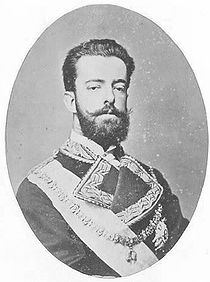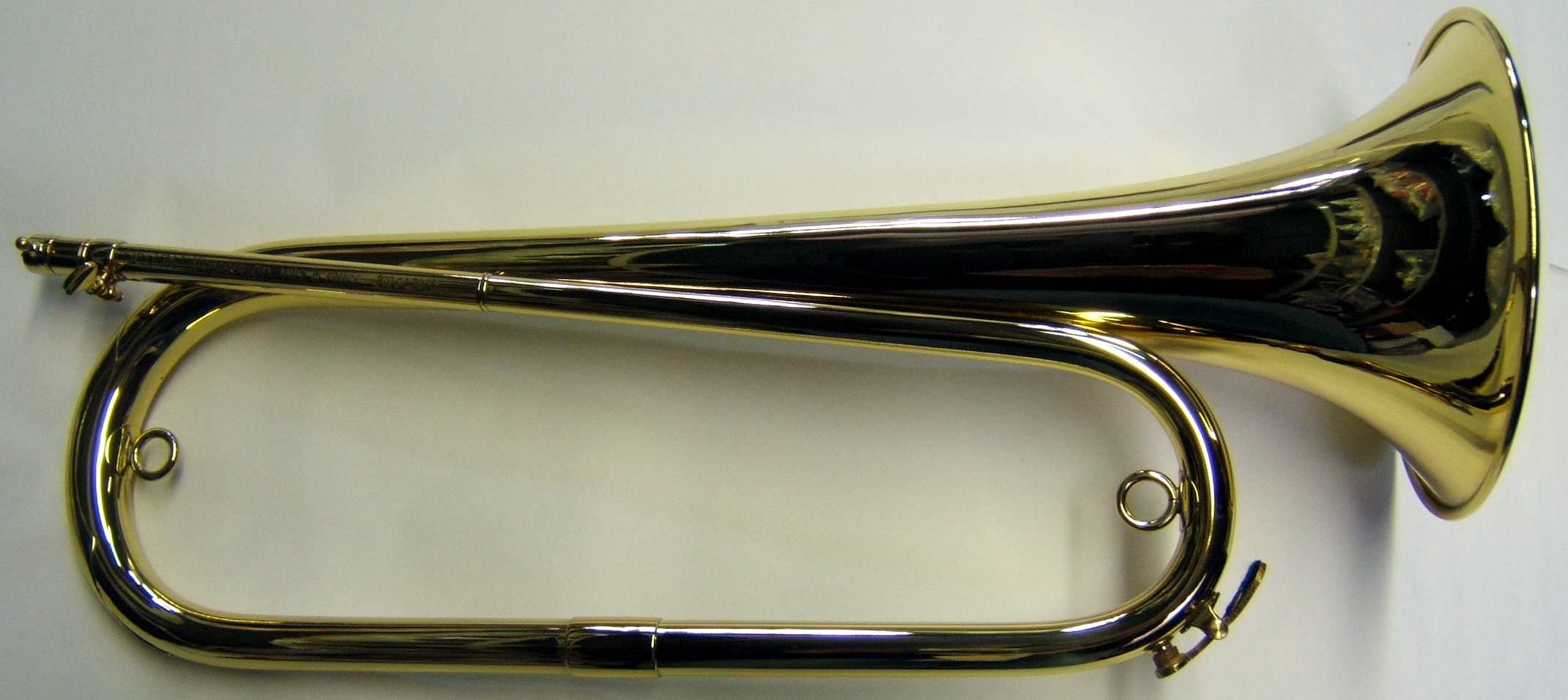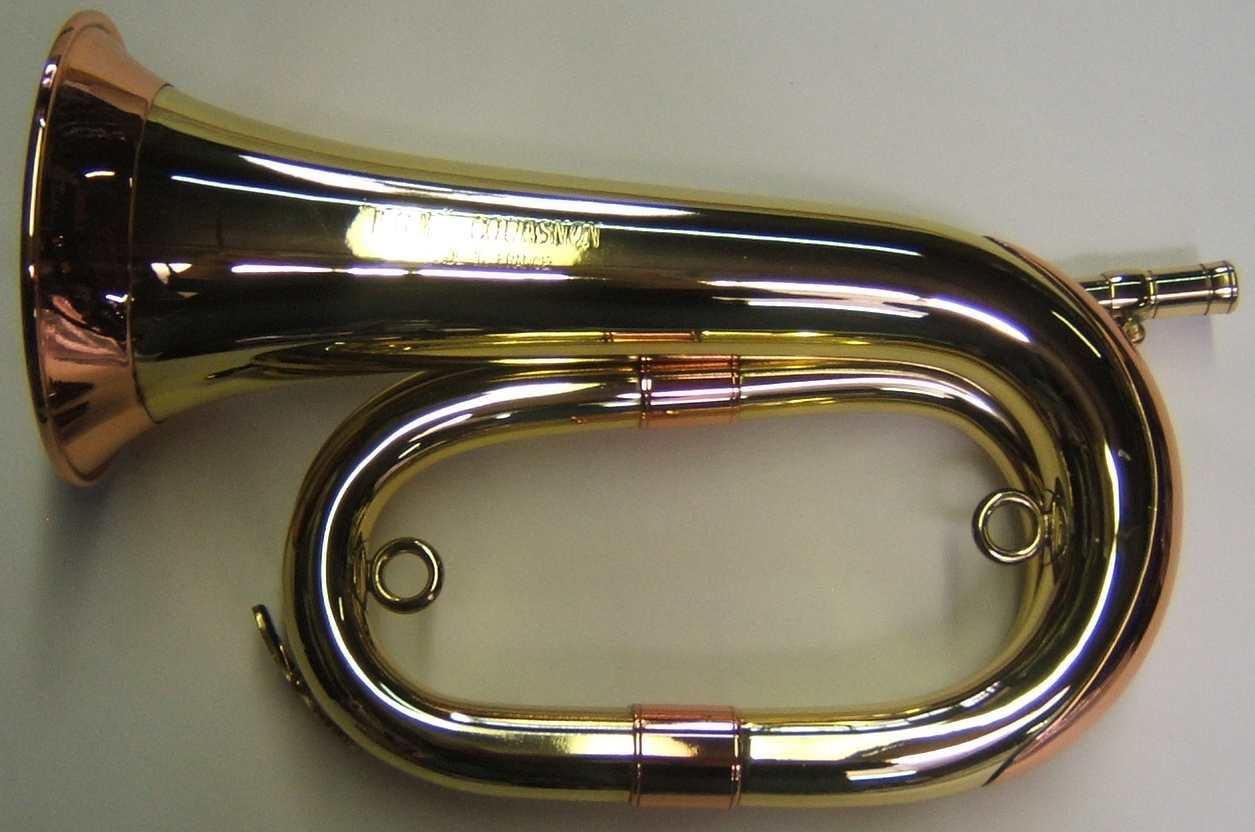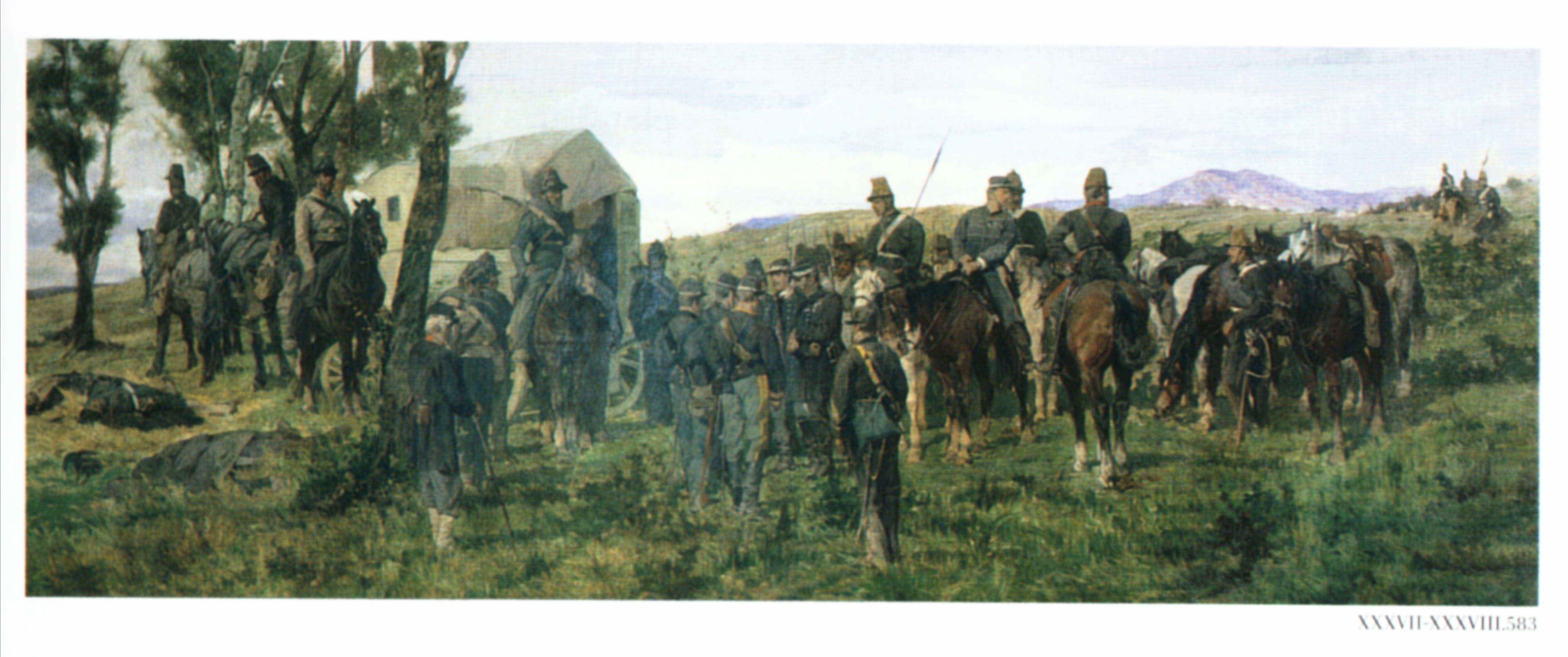The Festive Marches
Marcia Principe Amedeo, Op. 177, PP.144.14
 Of all of Ponchielli's marches, this one should have the surest place in the band repertoire. Though it celebrates a 21-year-old man who was serving as an infantry brigade commander (Major General) because of his royal birth, it is , in fact, a glorious celebration of an Italian Army that accomplished the ultimate unification of modern Italy. Amedeo Ferdinando Maria di Savoia (1845-1890) was Victor Emmanuel's second son. In 1866 he served at the Battle of Custoza in the third of Italy's wars of independence. Due to poor communications, the Italians lost the battle though the defeat of Austria-Hungary by Prussia at the battle of Sadowa (Hradec Králové in the Czech Republic) allowed the Italian State to add Venice to the new country.
Of all of Ponchielli's marches, this one should have the surest place in the band repertoire. Though it celebrates a 21-year-old man who was serving as an infantry brigade commander (Major General) because of his royal birth, it is , in fact, a glorious celebration of an Italian Army that accomplished the ultimate unification of modern Italy. Amedeo Ferdinando Maria di Savoia (1845-1890) was Victor Emmanuel's second son. In 1866 he served at the Battle of Custoza in the third of Italy's wars of independence. Due to poor communications, the Italians lost the battle though the defeat of Austria-Hungary by Prussia at the battle of Sadowa (Hradec Králové in the Czech Republic) allowed the Italian State to add Venice to the new country.
This occasion of this march's creation cannot be identified; however, it may date from the Spring of 1866 as suggested by the inclusion of infantry bugles throughout. While the American Army of the same period preferred the Bugle in F (left) for all branches, European armies confined such instruments to the cavalry allowing infantry units to play the smaller (and higher-pitched) bugles in B-flat (right).

 There is no direct evidence of Amedeo being in Cremona with this brigade; however, there is a brief note in the Corriere Cremonese asking citizens to greet the prince' train as he returns to Turin after being wounded by a "cacciatore" during the battle that took place on June 24, 1866. With command of a brigade consisting of 2-4 regiments with 3-4 companies each, the total antiphonal performers could have exceeded sixteen associated buglers. This assumes one for each company(16), one at the regimental level(4) and one for the brigade.
There is no direct evidence of Amedeo being in Cremona with this brigade; however, there is a brief note in the Corriere Cremonese asking citizens to greet the prince' train as he returns to Turin after being wounded by a "cacciatore" during the battle that took place on June 24, 1866. With command of a brigade consisting of 2-4 regiments with 3-4 companies each, the total antiphonal performers could have exceeded sixteen associated buglers. This assumes one for each company(16), one at the regimental level(4) and one for the brigade.
II ferito del Principe Amedeo

The supposition of an earlier date of composition lies in the fact that Amedeo's brigade buglers would not have been in attendance at this "second" visit. Thus, an earlier, unreported visit by the prince and his brigade is a possibility. The denotation Tromba a squillo by Ponchielli recalls an instrumentation text by Luigi Picchianti from 1834. Picchianti classifies a "squillo" as an instrument capable of the notes of only a single overtone series. Along with a B-flat trumpet, he includes the Corno da caccia as well. The term squillo, however, has a more ancient and poetic meaning relating to its military use as a signaling instrument. While squillo is often used to describe the sounds of bells, its use in regards to trumpets is more likely to be understood as "blaring." The character of parts for the extra trumpets recalls military signals comprising only the third through sixth partials (written G4 to G5). The Trio is in E-flat (as expected), and Ponchielli includes two brief interjections on C5. There is a history of the band in Cremona sharing events with local military bands, so the chance to delight a member of the House of Savoy with a march that included his brigade's buglers must have been too good to pass up.
Significantly, this march is one of a few whose appearance in the twice-weekly concerts in Cremona can be documented. The dedication title to the young prince is missing, only being identified as Marcia (con tromba a squillo e tamburri). The second performance adds the identification "Marcia No. 13" which bears no resemblance to Principe Amedeo. A performance note: In spite of the seeming doubling of the squillo parts in the band, there are several passages that are played only by them. In other words, always plan on reserving a few players for the squillo parts. Further, Ponchielli's own "trombe e tamburri" suggests that regimental drummers may have joined the buglers. After the practice of the period, they might have played a part ornamented with rudiments.
A very interesting pairing of the two brothers, Umberto and Amedeo of the House of Savoy might be entitled "I due principi." Separated in death they might live on as a pair of Ponchielli's most engaging marches.
PROGETTO RISORGIMENTO - Download Modern Band Parts
Date on score: None Given
Performances: Sunday, April 28, 1867, Piazza Cavour; Wednesday, July 7, 1867, Publico interno Passeggio
